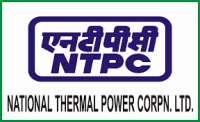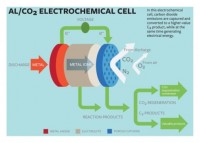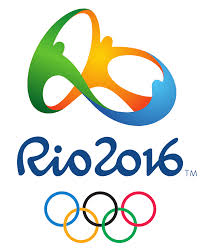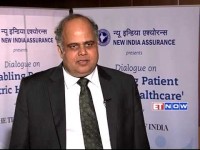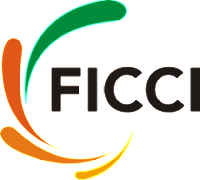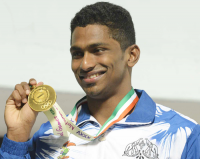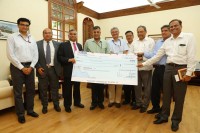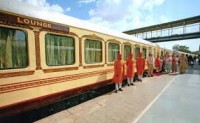NTPC Limited (NTPC), the largest power generating company in India, raised INR 2,000crore through rupee denominated ‘Green Masala Bonds’ from the offshore markets on 3rd August,2016.
NTPC launched the transaction at Asia open on 3rd August,2016 with an initial target to raise Rs.1000crore. On the back of strong investor support, the order book built to over Rs.2900crore with participation from more than 60 accounts. The company upsized the issue to Rs.2000crore and priced the bond at an annual yield of 7.48% with 5 year tenure. The bond priced 20bps inside the 5year AAA Bond yields which closed at 7.68% on 3rd August,2016. A notable feature of the bonds is that they are ‘Green’ bonds with third party assurance and Climate Bonds Initiative certification. The proceeds would be used to finance the renewable energy projects of the company.
Investors from Asia contributed 70% to the transaction with the rest from Europe and Middle East. The Notes were distributed to high quality fixed income accounts: 80% to fund managers, Insurance companies and sovereign wealth funds, 15% to banks and 5% to others.
Commenting on the deal, Sh.Gurdeep Singh, CMD, NTPC said “NTPC is marching ahead to increase its renewable portfolio to 10GW, in furtherance of the Government of India target to achieve 175GW of renewable capacity by 2022. We are the largest power generating company in India; the offering of Green Masala Bonds with third party assurance and Climate Bonds Initiative certification, reflects our commitment to renewable energy in the times ahead. “
Mr.Kulamani Biswal, Director(Finance) said “We are proud to have issued the first Green Masala Bond from India. The bond scores several firsts for us, it is the first Masala Bond of the company, first green masala bond with certification from Climate Bonds Initiative, first 5 year masala bond from an Indian corporate and first with dual listing, at SGX and LSE. We were keen to tap a new investor base for our renewable energy programme and avail of offshore financing without the associated exchange risks, both objectives we could achieve with this offering. We are grateful for the strong investor support at attractive yields leading to a satisfactory outcome.”
Axis Bank, MUFG, HSBC and Standard Chartered Bank were the joint book-runners and lead managers for the transaction.


